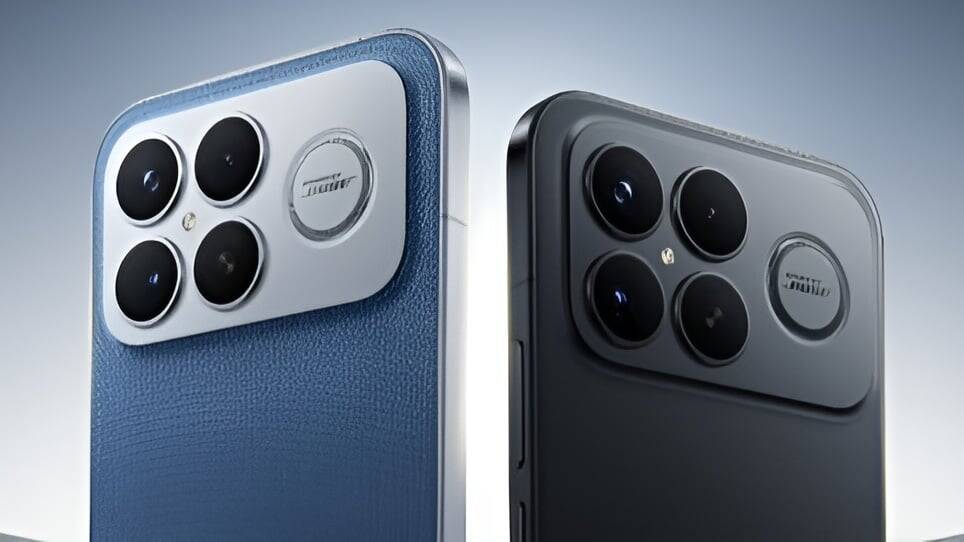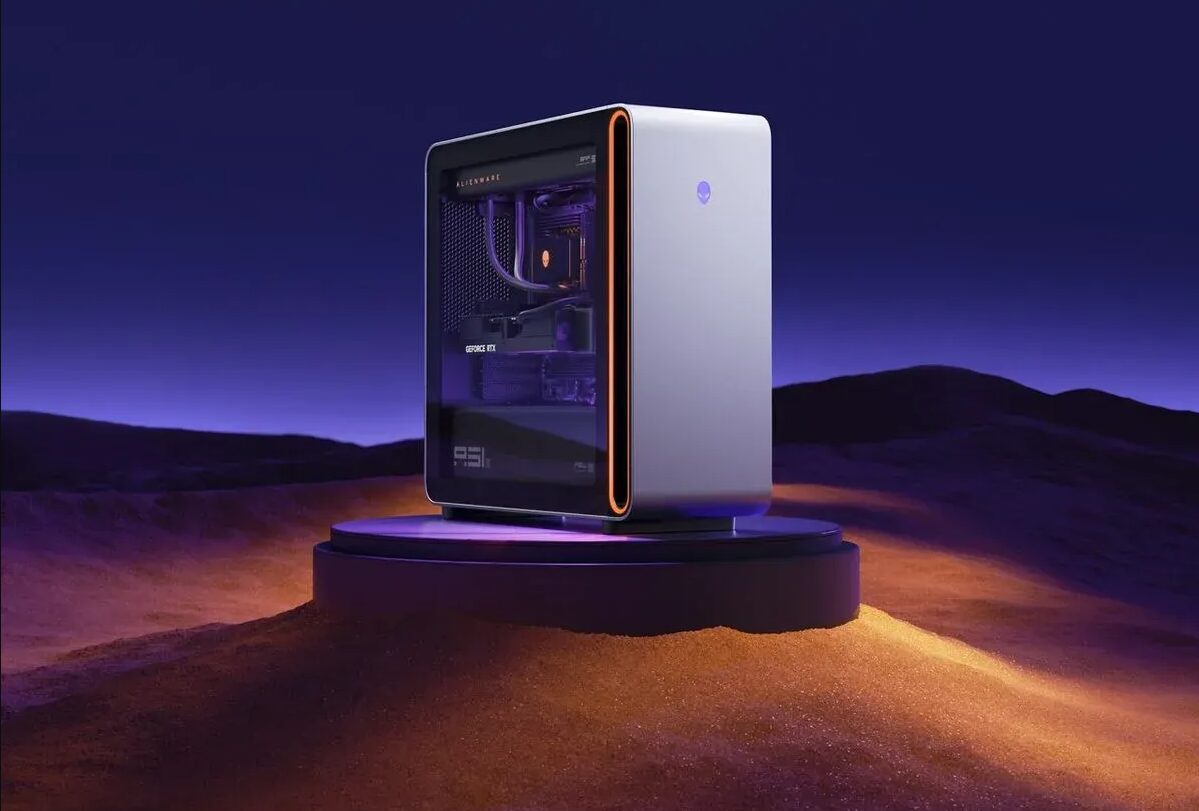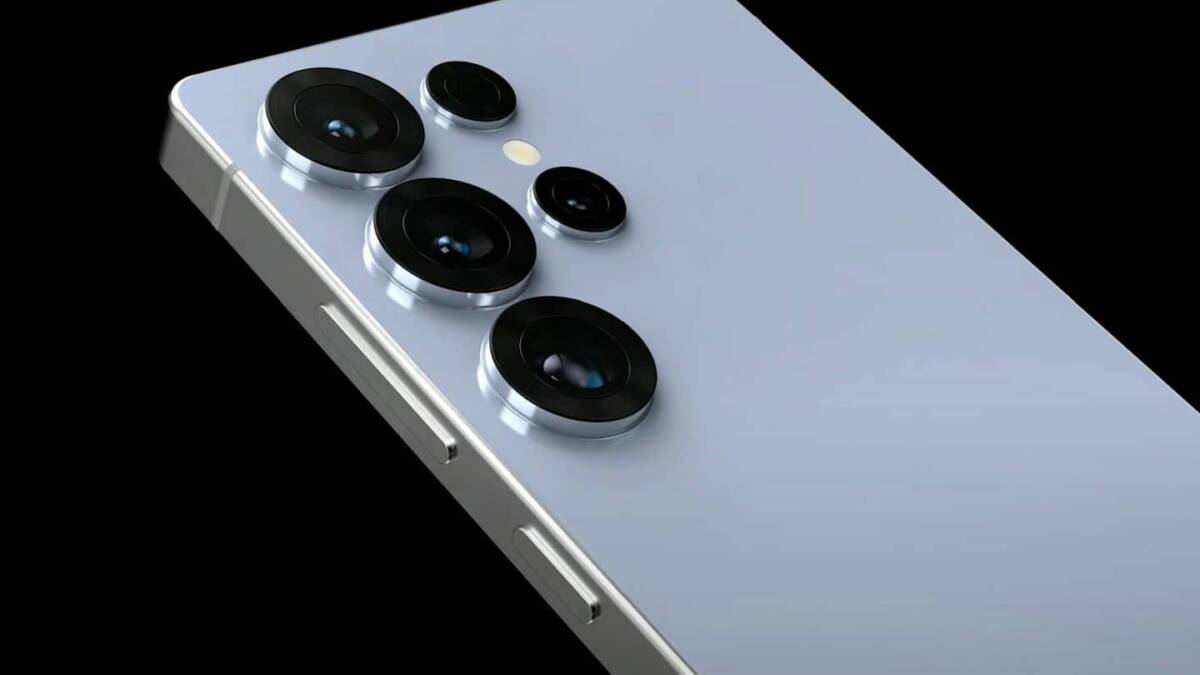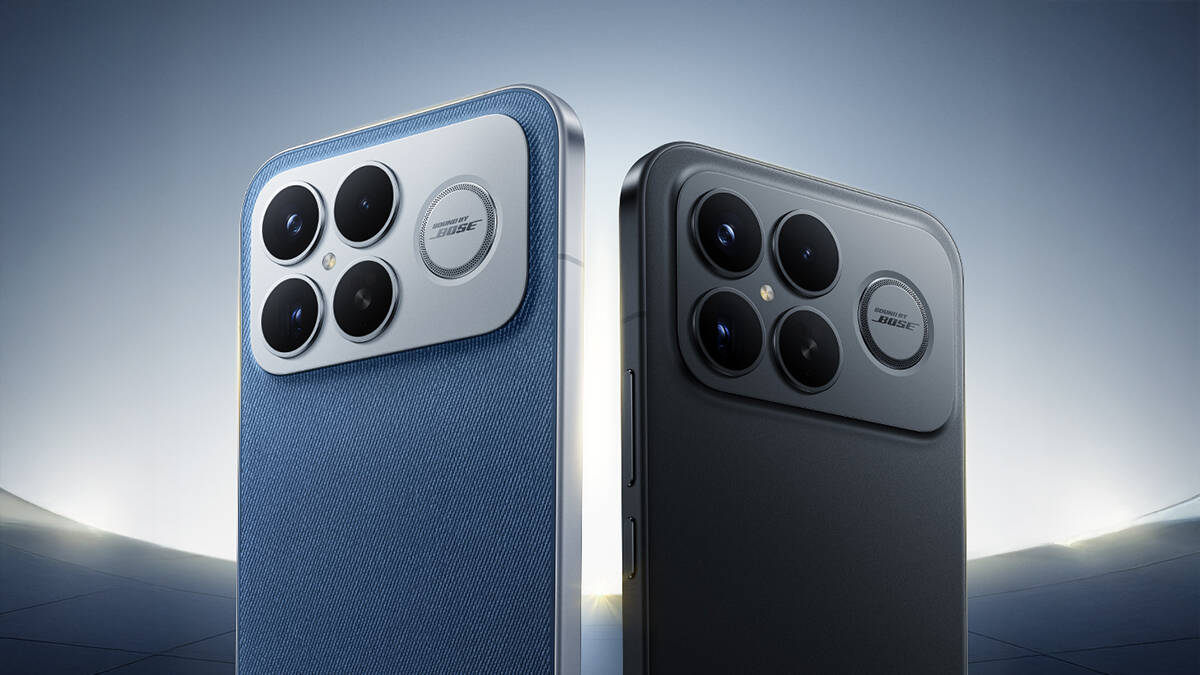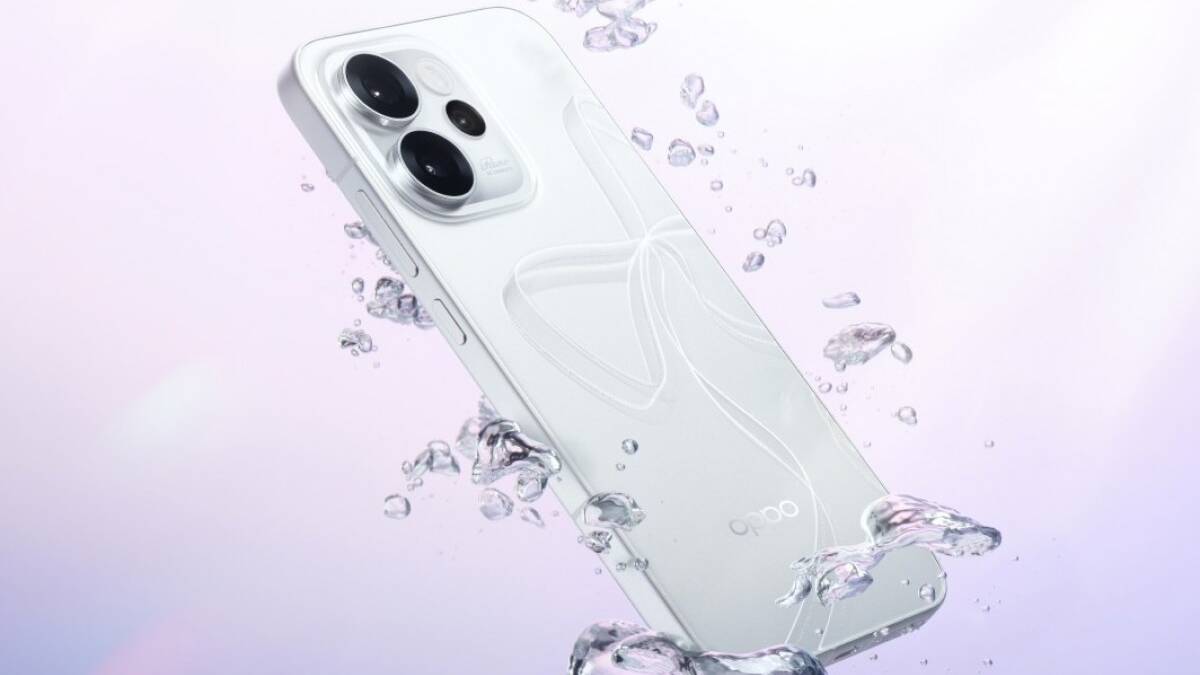Sales of ultra-thin smartphones have tanked, but a portion of users still believe in their future
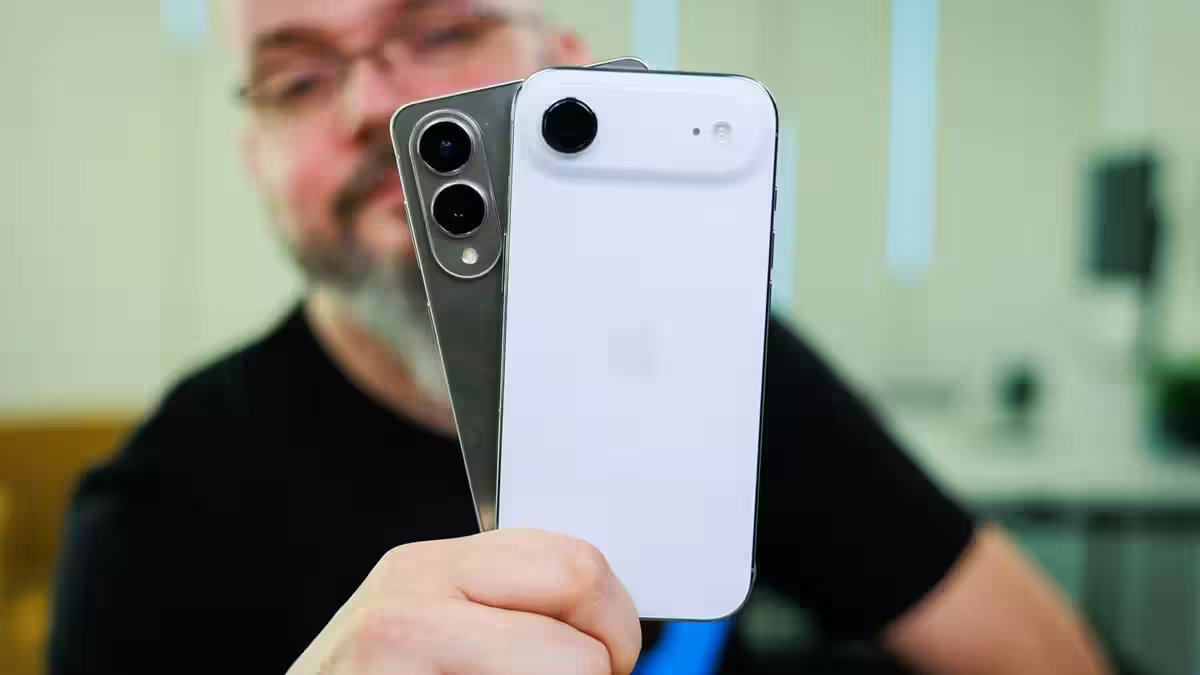
The survey found that user attitudes toward ultra-thin models like the iPhone Air and Galaxy S25 Edge are almost evenly split, despite extremely weak sales of the devices.
Smartphone design trends have followed a recognizable pattern for years: Apple sets a new direction, audiences react with criticism, then the market embraces the novelty, and competitors quickly release counterparts. In 2025, that cycle is broken. Samsung and Apple introduced ultra-thin smartphones, but interest was lower than expected. Sales of the Galaxy S25 Edge and iPhone Air are so weak that manufacturers are reconsidering. Users are, too.
Survey shows skepticism prevailing
A majority of survey participants believe that ultra-thin smartphones have no future. However, more than 46% of respondents concede that the trend could strengthen. The skepticism is understandable: Samsung is reportedly hesitant to launch the Galaxy S26 Edge due to low sales of the current model, Apple may postpone the iPhone Air 2, and Chinese brands have paused development of their own variants of ultra-thin devices.
Samsung is reportedly hesitant to launch the Galaxy S26 Edge due to low sales of the current model.
The models themselves also raise questions. There are noticeable compromises in the iPhone Air and Galaxy S25 Edge – a smaller battery, a reduced camera set and performance limitations. They look less appealing against the backdrop of thicker devices.
Why the form factor still has a chance
Despite low demand, individual manufacturers have already demonstrated alternative approaches that address key concerns. The Motorola Edge 70 and Huawei Mate 70 Air offer larger batteries and cost less than Apple and Samsung solutions. This approach shows the direction of development for the segment.
The second generation of ultra-thin smartphones from the market leaders is expected to be noticeably refined. A larger battery, better cooling and more advanced cameras could expand the audience. Given the increasing power efficiency of processors, the upcoming iPhone Air and Galaxy Edge may become less compromised.
At the same time, the iPhone Air and Galaxy Edge may become less compromised.
Ultra-thin smartphones don’t have to become best sellers
The key point that analysts are emphasizing is that ultra-thin models don’t have to sell better than the Pro and Ultra versions. Manufacturers just need to break even on development and emphasize an innovative approach to design. For Apple and Samsung, that will be enough.
Apple kept the iPhone Mini and iPhone Plus for several generations before dropping them from the lineup. Samsung offers a huge range of devices with the widest range of specs and prices. Both brands can continue to experiment with the form factor, leaving room for the concept to evolve. Perhaps one day the market will actually get smartphones that are around 5mm thick.

